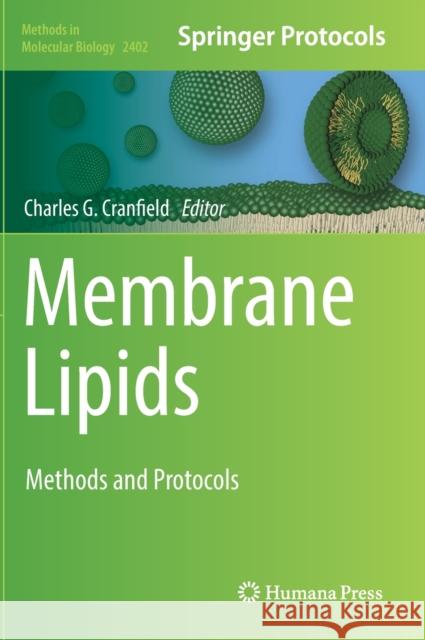Membrane Lipids: Methods and Protocols » książka
topmenu
Membrane Lipids: Methods and Protocols
ISBN-13: 9781071618424 / Angielski / Twarda / 2021 / 372 str.
Membrane Lipids: Methods and Protocols
ISBN-13: 9781071618424 / Angielski / Twarda / 2021 / 372 str.
cena 806,99
(netto: 768,56 VAT: 5%)
Najniższa cena z 30 dni: 771,08
(netto: 768,56 VAT: 5%)
Najniższa cena z 30 dni: 771,08
Termin realizacji zamówienia:
ok. 22 dni roboczych
Bez gwarancji dostawy przed świętami
ok. 22 dni roboczych
Bez gwarancji dostawy przed świętami
Darmowa dostawa!
Kategorie:
Kategorie BISAC:
Wydawca:
Humana
Seria wydawnicza:
Język:
Angielski
ISBN-13:
9781071618424
Rok wydania:
2021
Wydanie:
2022
Numer serii:
000014950
Ilość stron:
372
Waga:
0.81 kg
Wymiary:
25.91 x 20.57 x 2.29
Oprawa:
Twarda
Wolumenów:
01
Dodatkowe informacje:
Wydanie ilustrowane











